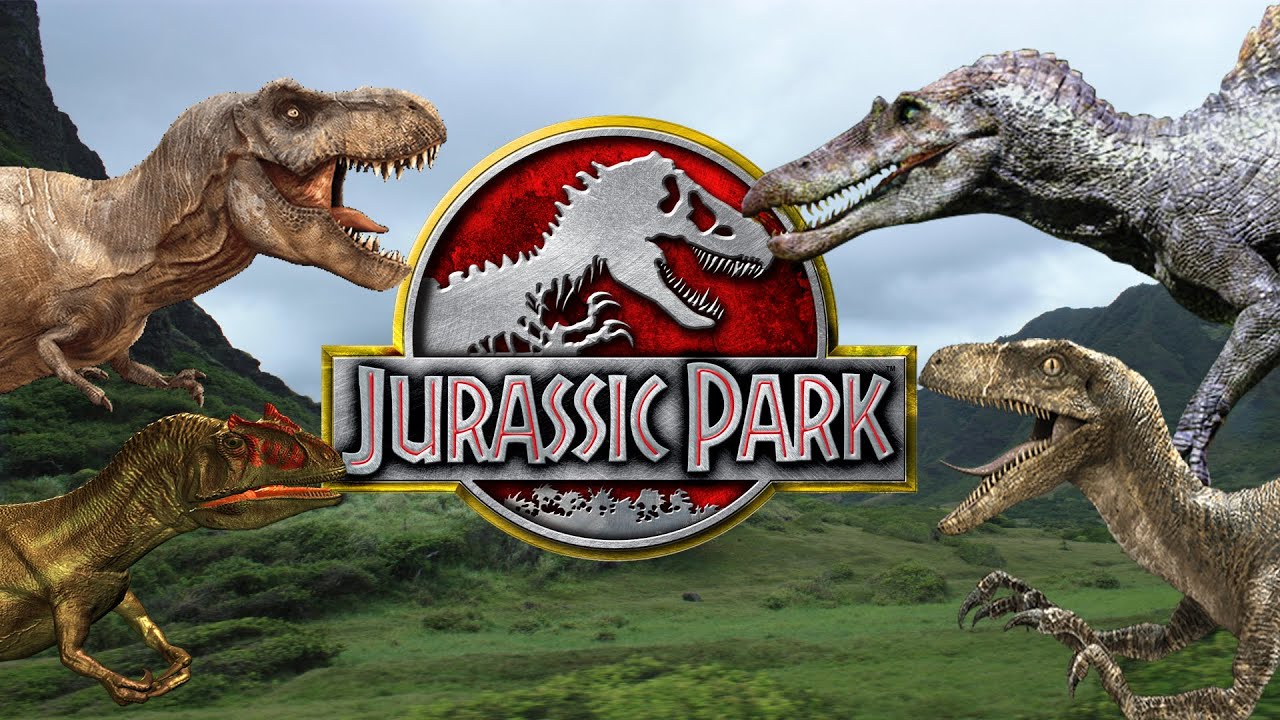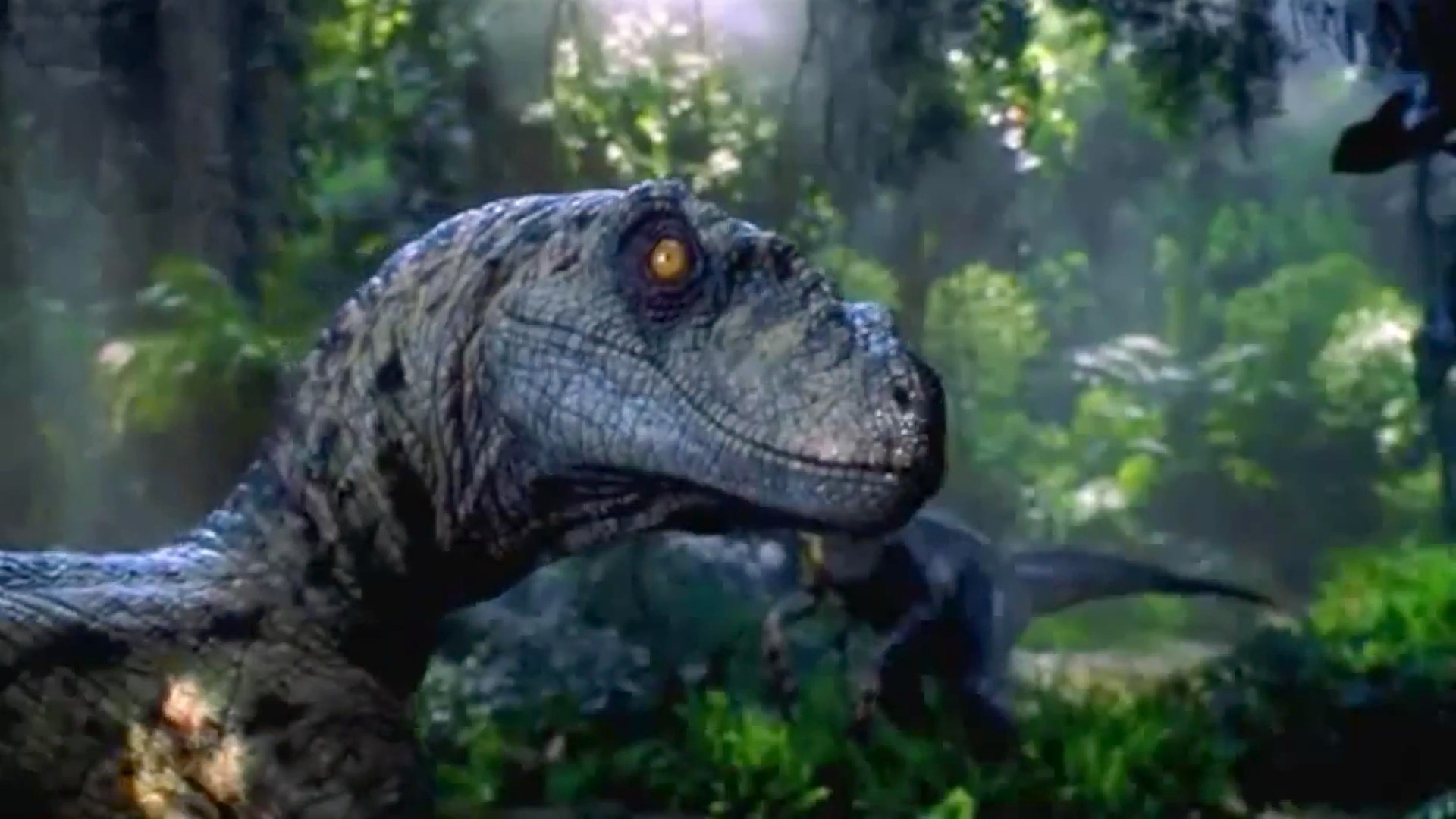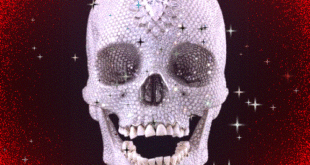Finally, The Science is planning to do something other than control our lives and exterminate us!
Jurassic Park NOW!
Honestly, since we know viruses are a hoax, releasing dinosaurs to kill everyone would be the best option. Really, that’s even better than a nuclear war.
Researchers at DNA Zoo Australia have mapped the genome of the numbat for the first time. The milestone is notable in its own right, motivated by a desire to improve conservation efforts for the endangered termite-eating marsupial, which is now found only in small pockets of Western Australia.
But in announcing the development last week, scientists also had a more extraordinary suggestion: that the numbat’s DNA could be used as a blueprint to bring its extinct cousin, the thylacine, back from the dead.
The last known Tasmanian tiger died in 1936, but the apex predator – which once also roamed the Australian mainland and Kangaroo Island – continues to beguile and obsess even in extinction.
It seems hard to imagine that the carnivorous marsupials might once again roam the Apple Isle in future, but recent advances in gene-editing technology have scientists convinced that de-extinction is no longer confined to the realm of science fiction. Can we really revive a species from extinction, and if so, should we?
One de-extinction avenue scientists are exploring is to take the genome of a living species and edit its DNA to more closely resemble that of an extinct relative.
The first step in this process requires an intact genetic blueprint of the extinct animal, says Prof Andrew Pask at the University of Melbourne. In 2017, Pask’s team sequenced the thylacine genome from a juvenile specimen held in Museums Victoria’s collection. “It’s one of the best genome builds we have for an extinct animal,” he says.
“It’s in lots of little tiny pieces when we get it from an extinct specimen, so the DNA is broken up.
“The problem with any mammal genome, not just the thylacine … is that half of our genome is made up of repeat sequences,” Pask says – repeating patterns of A, C, G and T nucleotide bases. “Those bits are really hard to put back together when you’re building your puzzle, particularly because we don’t have the picture on the box of the puzzle – we don’t know what [the thylacine genome] is meant to look like.”
This is where the numbat genome could be helpful. Numbats and thylacines had a common ancestor that lived about 35m to 41m years ago – “not a long time in the evolutionary timescale”, says Parwinder Kaur, the director of DNA Zoo Australia and an associate professor at the University of Western Australia.
Kaur estimates numbats and thylacines share 95% of their DNA, and that the living marsupial’s genome could be used as a reference to fill in the gaps for the thylacine, for which “we don’t have a complete blueprint”.
…
Pask adds: “We then need to be able to turn a marsupial DNA-containing cell into a living marsupial, and we don’t have that technology developed yet either.”
Another way to bring a species back from the dead is to clone it, à la Dolly the sheep, using a method called somatic cell nuclear transfer. The process involves taking a nucleus – the structure containing the genome – from the cell of an extinct animal and inserting it into an egg of a living relative species, which has had its own nucleus removed.
It relies on intact cells from the extinct species, so is only practical when the last animal has recently died – which effectively rules the method out for thylacines.
Scientists have already used the technique successfully, although the triumph was short-lived. In 2003, researchers cloned a Pyrenean ibex, a subspecies of the Iberian wild goat that went extinct when Celia, the last living individual, was killed by a falling tree. The team successfully cloned Celia, reviving the subspecies from extinction for several minutes, before the newborn animal died of a lung defect.
The aptly named Lazarus project, led by Prof Mike Archer, a palaeontologist at the University of New South Wales, is taking a similar approach to try to bring back the southern gastric-brooding frog. The last known specimen of the frog, which was native to Queensland, died in 1983, but the team have some well-preserved tissues.
Though the project has successfully produced early-stage embryos, no clones so far have survived to tadpoles or adult frogs.
Forget the frogs and goats.
We want DINOSAURS.
You can get the DNA from mosquitoes stuck in amber.
I’ve seen this in the movie Jurassic Park.
I also read the books, which I recommend. I actually recommend all of Michael Crichton’s books, but I do not really recommend his film Runaway (1984), even though it has Tom Selleck in it. I watched this film recently and I was like “wow, this is really garbage, I don’t even know what the heck he was trying to do here.”
Westworld is great though. I mean the film he made. Not the show. The first season of the show was “meh,” sort of like some Lost type shit. I guess I wouldn’t necessarily say I hated the first season of the show. But the movie is great.
Crichton wasn’t a horrible director. But he was a much better novelist.
He was also a global warming denier, by the way. Just for the record.
Please note: this is all based on the shaky premise that dinosaurs actually existed.
 Daily Stormer The Most Censored Publication in History
Daily Stormer The Most Censored Publication in History






